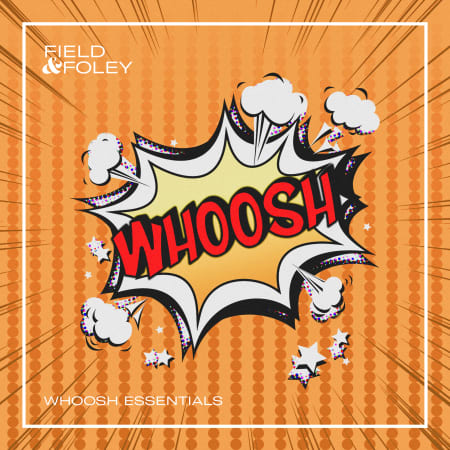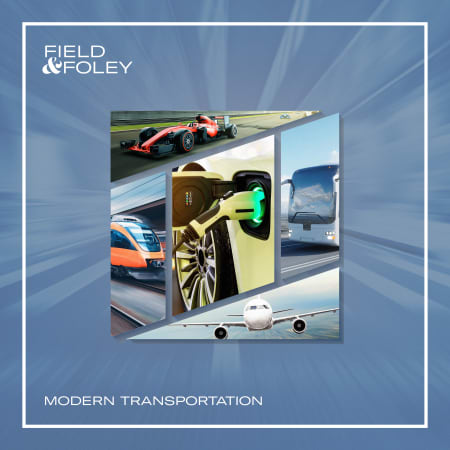Did you know that productions featured a score and sound effects before including dialogue, as heard in Don Juan in 1926? It wasn’t until The Jazz Singer in 1927 that films began to speak to their audiences and “the talkies” took the world by storm.
King Kong in 1933 was the first film to feature effected field recordings. For the animalistic but otherworldly roars of the giant gorilla, Murray Spivack captured field recordings of a lion and a tiger at Selig Zoo. He used reverse playback and altered speeds, overlapping the sounds to make an ambiguous and terrifying sonic identity for the icon.
According to Premeimbeat.com, “The founding of American Zoetrope by Francis Ford Coppola and George Lucas in 1969 cemented a formative alliance between the two directors and their close collaborators. Ultimately, American Zoetrope would produce films that established how important sound design was in the alchemy of a movie. THX 1138 and Apocalypse Now (1979) are two notable examples of experimental sound work by Walter Murch, enabled by the bold directors of American Zoetrope, who banded together to make the kinds of films they wanted.”
Cinema sound systems became capable of high-fidelity reproduction, particularly after the adoption of Dolby Stereo. Before stereo soundtracks, film sound was of such low fidelity that only the dialogue and occasional sound effects were practical. The greater dynamic range of the new systems, coupled with the ability to produce sounds at the sides or behind the audience, provided the audio production team new opportunities for creative expression in film sound. Dolby Stereo was first used in 1976's A Star is Born after a $1M investment by Barbara Streisand herself to make it happen. From spring 1979 onward, a new custom matrix replaced the Sansui QS matrix. It was first used in that year's Hair and Hurricane.
Seven-time Oscar-winning sound designer and re-recording mixer Gary Rydstrom was quoted in Popular Mechanics saying, "It's long been said that you do a great job in sound when no one notices it." Recreating how we hear in real life for a film, however, is "annoyingly painstaking," Rydstrom says. Sound designers hear differently. They pay hyper attention to the sounds of life as they move through it. Nuances are everything.
The sounds in this pack provide you with a foundation. Already recorded and processed by professional sound designers, you can plug them directly into your production or manipulate them to fit your score.



